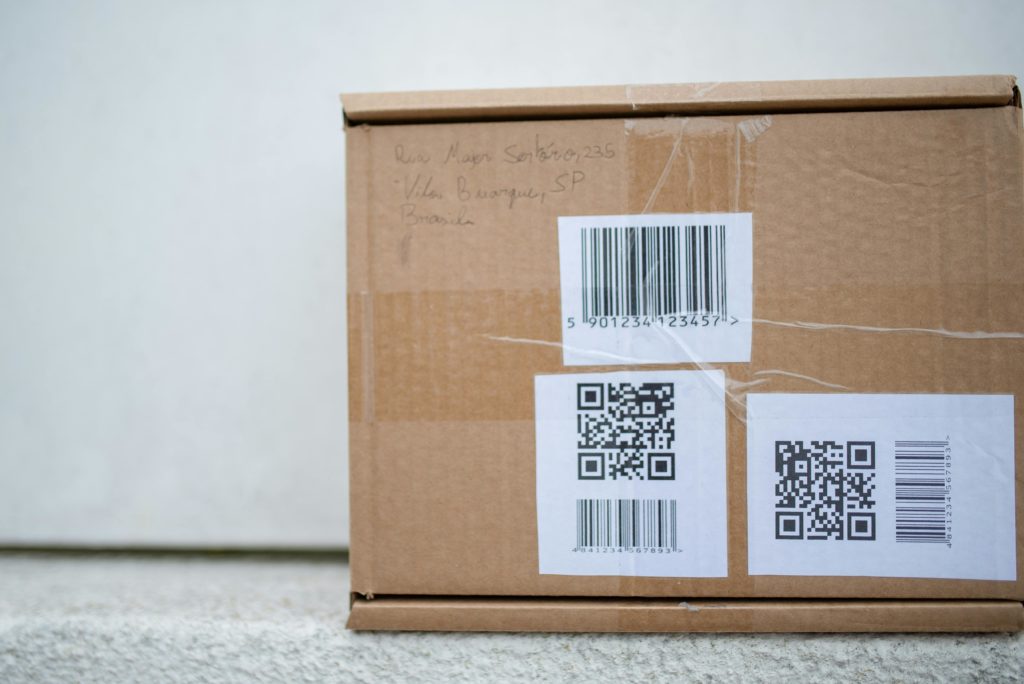Thermal Printing Technology
A Complete Guide to Thermal Label Printing – From Heat to Sheet
Introduction to Thermal Printing Technology
In an era where digital storage predominates, the significance of printing technology might seem diminished at first glance. However, the reality in various business operations from small Etsy shops to sprawling distribution centers tells a different story. Among the plethora of printing methods, thermal printing stands out as a beacon of efficiency and innovation. Originating as a practical solution for simple receipt printing, thermal printing has evolved dramatically, now serving a myriad of industries with its unique capabilities. This technology, leveraging heat to produce images or text on paper, is distinguished by its two main types: direct thermal and thermal transfer printing. This article delves into the essence of thermal printing, highlighting its processes, benefits, and widespread applications, providing a comprehensive guide for businesses looking to harness this technology.
Understanding Thermal Printing
Direct Thermal Printing
Direct thermal printing is a method that creates images directly on specially treated labels or paper through heat. When the thermal print head applies heat to the surface, the chemically treated material reacts by turning black where heated, producing text or images. This process is prized for its simplicity and cost-effectiveness, as it requires no ink, toner, or ribbon, making it ideal for applications where the print’s longevity isn’t crucial. Direct thermal printing is commonly used for receipts, shipping labels, and other documents that have a short lifespan but require clear legibility.
Thermal Transfer Printing
In contrast to direct thermal printing, thermal transfer involves melting a coating of ribbon so that it stays glued to the material on which it’s printed, offering durability against time, temperature, and the environment. This method allows for the creation of long-lasting, high-quality prints suitable for labels that need to withstand harsh conditions or be preserved for extended periods. Thermal transfer printing is versatile, accommodating a wide variety of materials, including paper, polyester, and polypropylene, making it a go-to option for industrial labeling, asset tagging, and outdoor applications where resilience is paramount.
Advantages of Thermal Printing Over Other Methods
Thermal printing, both direct and thermal transfer, offers distinct advantages over traditional printing methods like inkjet, laser, and dot matrix printing. One of the most compelling benefits is its cost efficiency. Thermal printers operate without the need for ink or toner cartridges, significantly reducing the ongoing expenses of consumables. Additionally, these printers are designed with fewer moving parts, which not only minimizes the risk of mechanical failure but also lowers maintenance costs. From an environmental standpoint, the elimination of ink and toner cartridges from the printing process reduces waste, contributing to more sustainable business practices. Furthermore, thermal printing is known for its high-quality output, reliability, and speed, making it an ideal solution for businesses that require fast, efficient, and cost-effective printing capabilities for a range of applications.
Applications of Thermal Labels in Various Industries
Choosing the Right Thermal Labels for Your Needs
Selecting the appropriate thermal labels is critical to meeting your business’s specific needs. Considerations include the type of thermal printer you have (direct thermal vs. thermal transfer), the durability requirements of your labels (temporary vs. long-term use), and the material compatibility with your products and environments. Direct thermal labels are ideal for short-term applications, while thermal transfer labels are better suited for conditions requiring durability and resistance to elements. Always ensure the label size and core fit your printer specifications and that the label material is suitable for your application, whether it’s for indoor use or outdoor exposure.
Future of Thermal Printing
The future of thermal printing looks bright, with advancements focusing on sustainability, efficiency, and integration with digital systems. Innovations may include more environmentally friendly label materials, increased print speeds, and enhanced resolution. As businesses continue to seek cost-effective and reliable printing solutions, thermal printing is expected to expand into new markets and applications. Additionally, the development of smart labels with RFID technology could revolutionize inventory management and asset tracking, further solidifying thermal printing’s role in the digital transformation of industries.
Conclusion: The Significance of Thermal Labels
Thermal labels play a crucial role in the efficiency and success of various industries, offering a versatile, cost-effective, and reliable printing solution. Understanding the differences between direct thermal and thermal transfer printing, and choosing the right labels, empowers businesses to enhance their operations and meet the demands of their specific applications.




